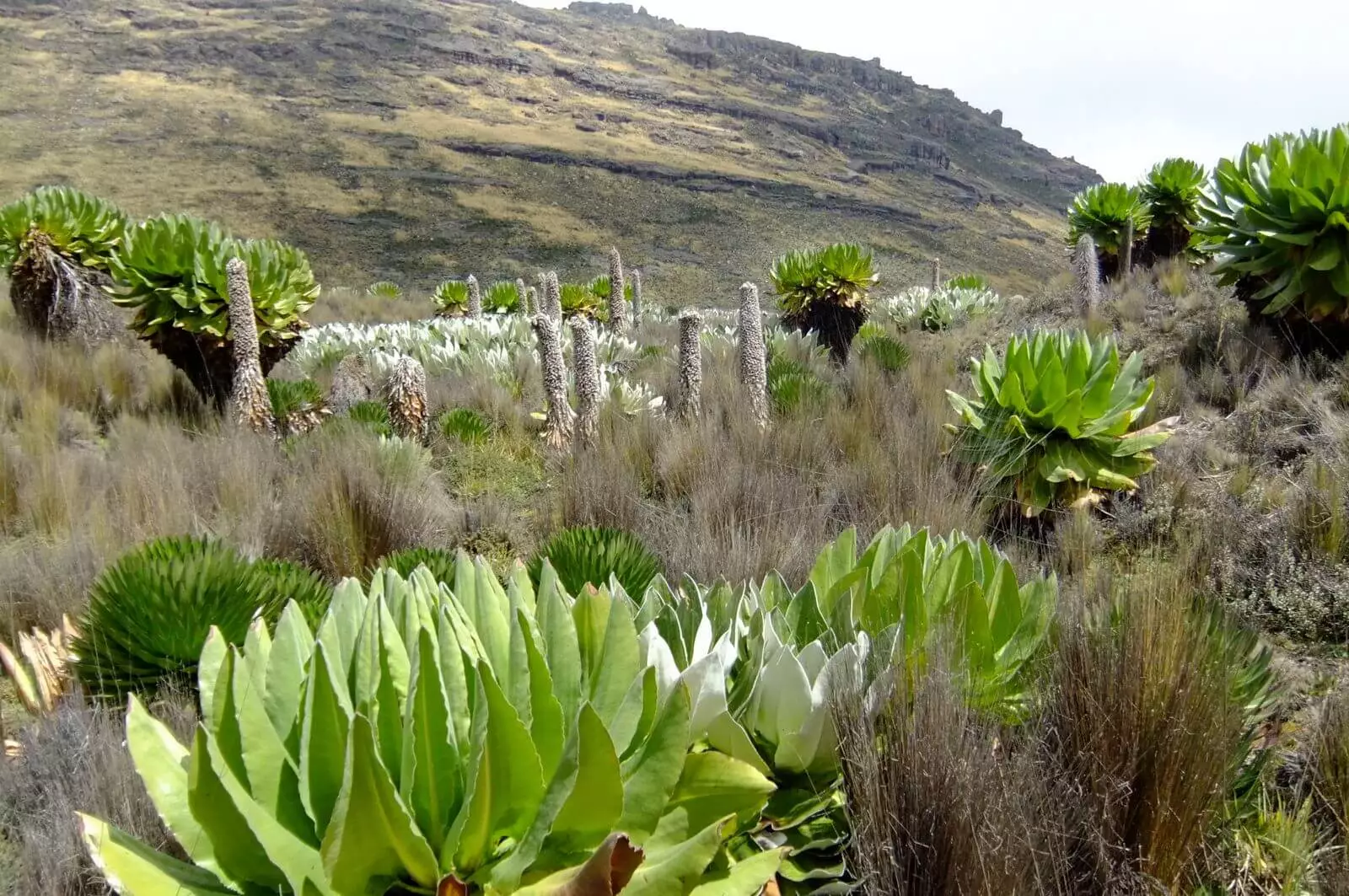The warmest months with the clearest trekking days, are from mid to late December, January, February, September and October. The rains often come in April and the start of May with the possibility of some snow. June through to August are superb trekking months, though evening temperatures tend to be colder. The wettest months are November and early December, where snowfalls are likely. Note however, that as this is a mountain it is not impossible to get sporadic snow or rainfall at odd times throughout the year, although the snow normally only falls above 4800m.












